In the heart of Mesopotamia, the cradle of civilization, an astonishing discovery has shed light on the ancient roots of bureaucracy. Archaeologists working in Girsu, modern-day Tello, Iraq, have unearthed hundreds of clay tablets that detail the meticulous administrative systems of the Akkadian Empire, over 4,000 years ago. These “spreadsheets of empire,” as they’ve been aptly described, not only offer a glimpse into the governance of the first empire in history but also highlight the complex bureaucracy that helped shape the world’s earliest civilizations.
The Discovery of the Girsu Tablets
The tablets were unearthed by a collaborative team of archaeologists from the British Museum and Iraq’s State Board of Antiquities and Heritage. Excavations took place at the ancient Sumerian city of Girsu, known for its religious significance as the sanctuary of the Sumerian god Ningirsu.
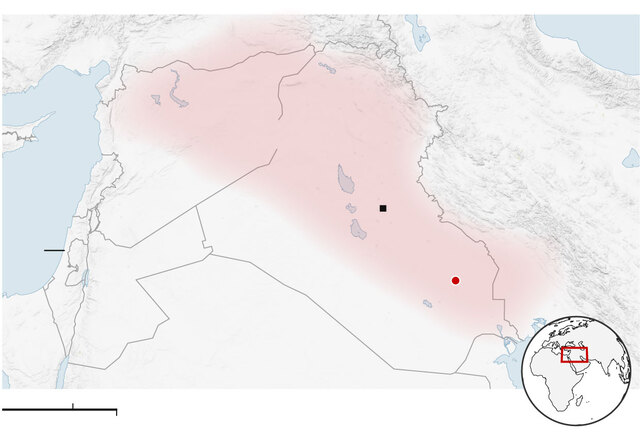
During the Akkadian dynasty, from 2300 to 2150 BCE, Girsu was one of the cities under the empire’s rule. These newly discovered tablets, found in the remains of a mud-brick state archive building, are the first tangible evidence of the Akkadian Empire’s administration. Unlike earlier royal inscriptions or fragmentary accounts, these tablets provide a detailed and reliable view of the day-to-day functioning of one of the world’s first empires.
Video
Watch the video The Ancient Secrets Revealed by Deciphered Tablets on BBC Ideas.
Sumerian Governance and the Akkadian Empire
The Akkadian Empire, founded by King Sargon of Akkad, marked the beginning of imperial rule in human history. By conquering the independent Sumerian cities of Mesopotamia, Sargon unified the region and established a centralized form of governance.
The discovery of the Girsu tablets offers a rare glimpse into this early stage of empire-building. Sébastien Rey, curator at the British Museum, aptly described these tablets as the “spreadsheets of empire,” highlighting their role in managing the empire’s vast territories and resources. For the first time, we see the systematic approach the Akkadian rulers employed to keep track of everything from livestock and grain to precious gems and military supplies.
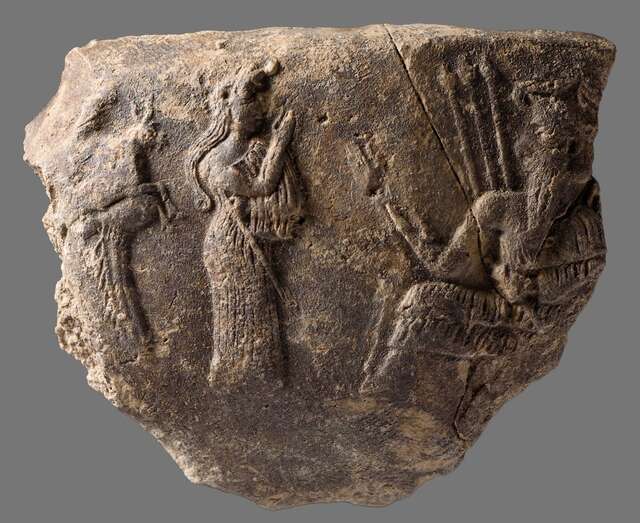
The Akkadian Empire, though short-lived, was instrumental in shaping the future of governance. The tablets found in Girsu showcase the sophistication of this early bureaucracy, which relied heavily on written records to track deliveries, expenditures, and other state affairs. These records not only demonstrate the empire’s organizational capacity but also underscore the importance of administrative control in maintaining power.
Contents of the Tablets: A Peek Into Ancient Red Tape
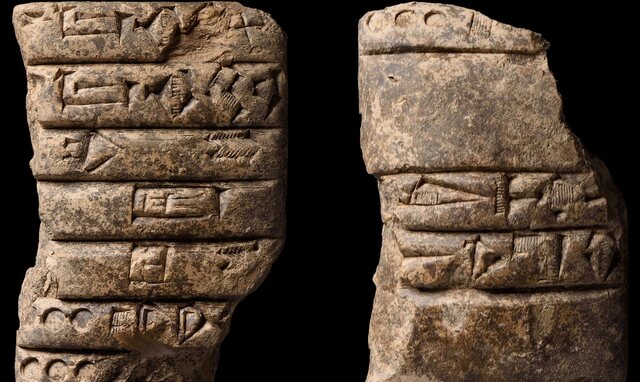
The newly uncovered tablets detail a wide range of state activities, from the distribution of food and goods to the management of labor and resources. The meticulous nature of these records is striking—nothing was too small to be recorded. Whether it was the death of a sheep at the empire’s edge or the movement of grain within the capital, these tablets documented it all. These early forms of administrative records highlight the importance placed on tracking resources and maintaining order in the empire. For instance, one tablet lists various commodities, including gold, silver, cattle, and beer. The attention to detail in these records provides valuable insights into the economic structure and daily life of the Akkadian Empire.
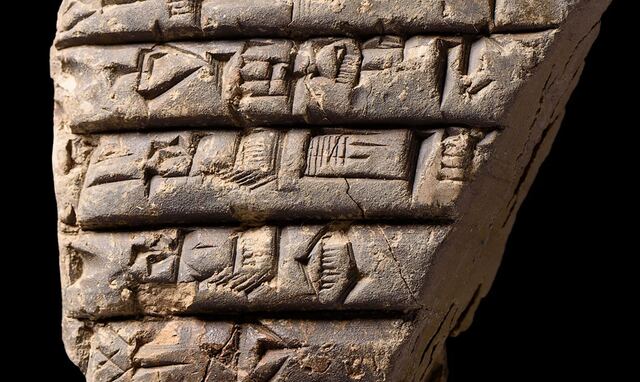
Moreover, the tablets contain detailed lists of individuals, including their names and occupations. These records reveal a society that not only managed its resources but also kept a close watch on its population. From stone-cutters to temple floor sweepers, every profession was documented, illustrating the complexity and diversity of the workforce within the Akkadian Empire. These lists provide a rare look at the social hierarchy of the time, showcasing the roles and importance of individuals within the empire.
Women in Ancient Mesopotamian Bureaucracy
One of the most surprising revelations from the Girsu tablets is the prominent role women played in the Akkadian bureaucracy. While Mesopotamian society was largely patriarchal, the tablets reveal that women held significant positions, including that of high priestesses.
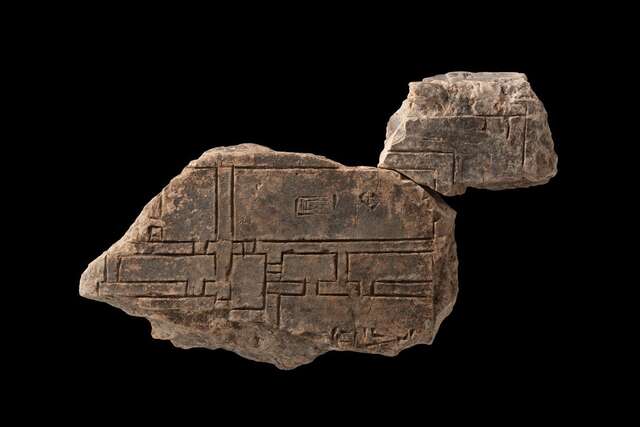
This discovery challenges previous assumptions about gender roles in ancient civilizations and highlights the relatively higher status of women in Sumerian society compared to other ancient cultures. The presence of women in important positions within the state suggests that the Akkadian Empire, while male-dominated, recognized the influence and authority of women in certain religious and administrative functions.
The Role of Architecture and Planning in the Akkadian Empire
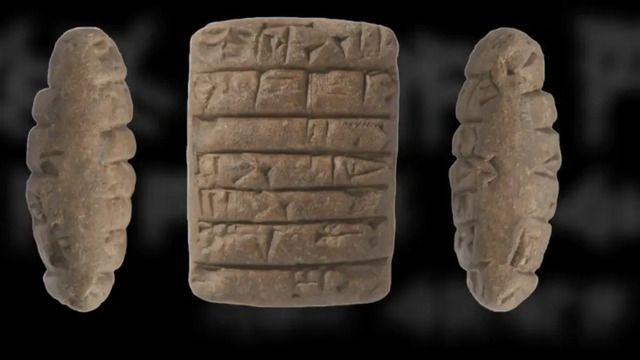
The Girsu tablets also provide evidence of the empire’s advanced urban planning and architecture. Some of the tablets contain blueprints for buildings, field plans, and maps of canals, demonstrating the Akkadian rulers’ interest in infrastructure and city management. The discovery of these architectural records highlights the importance of organized planning in maintaining an empire’s infrastructure. It also underscores the role of scribes and surveyors in the Akkadian administration, whose work was crucial in ensuring the smooth functioning of the empire.
The detailed maps and plans found among the tablets suggest that the Akkadian Empire was not only concerned with controlling its military and economic resources but also with maintaining its infrastructure and ensuring the prosperity of its cities. This focus on planning and documentation would later influence future civilizations, setting a precedent for state-driven urban development and governance.
The Girsu Project: A Collaboration Between Iraq and the British Museum
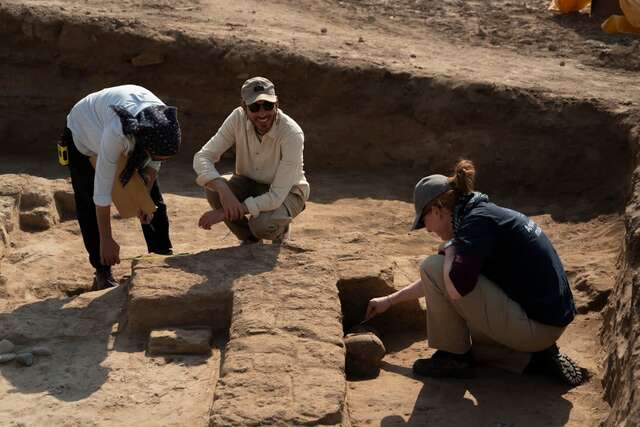
The excavation of the Girsu tablets is part of the Girsu Project, a collaboration between the British Museum and Iraq’s State Board of Antiquities and Heritage. The project has been instrumental in uncovering the secrets of one of the earliest centers of governance in the world. The tablets, which were carefully excavated from their original context, have been preserved for further study.
The work of cleaning, transcribing, and interpreting these tablets is a painstaking process, but it is essential for understanding the full scope of the Akkadian Empire’s administration. These efforts will help scholars piece together a more accurate picture of the ancient world and the complex systems of governance that shaped it.
Preserving the Past: The Legacy of Girsu’s State Archives
The Girsu tablets are a testament to the enduring importance of preserving the past. These artifacts provide invaluable insights into the early history of governance and the development of bureaucratic systems. As these tablets are studied and interpreted, they offer a clearer understanding of the Akkadian Empire’s role in shaping the future of human civilization.
The artifacts have been sent to the Iraq Museum in Baghdad for further study, and there are hopes that they may eventually be loaned to the British Museum for public display. The ongoing work at Girsu underscores the importance of international collaboration in preserving and understanding our shared history.
Video
Conclusion: Red Tape Across Millennia – The Timeless Legacy of Bureaucracy
The discovery of the Girsu tablets has reshaped our understanding of the Akkadian Empire and its administrative system. These ancient records, often compared to the “spreadsheets of empire,” offer a fascinating glimpse into the early development of bureaucracy and governance. They remind us that red tape is not a modern invention but a system that has existed for thousands of years, playing a crucial role in the organization and control of empires.
As researchers continue to study these ancient records, they are uncovering new layers of understanding about the Akkadian Empire and its legacy in the history of governance. The Girsu tablets stand as a testament to the ingenuity and complexity of ancient bureaucratic systems, offering valuable lessons for modern-day governance.



